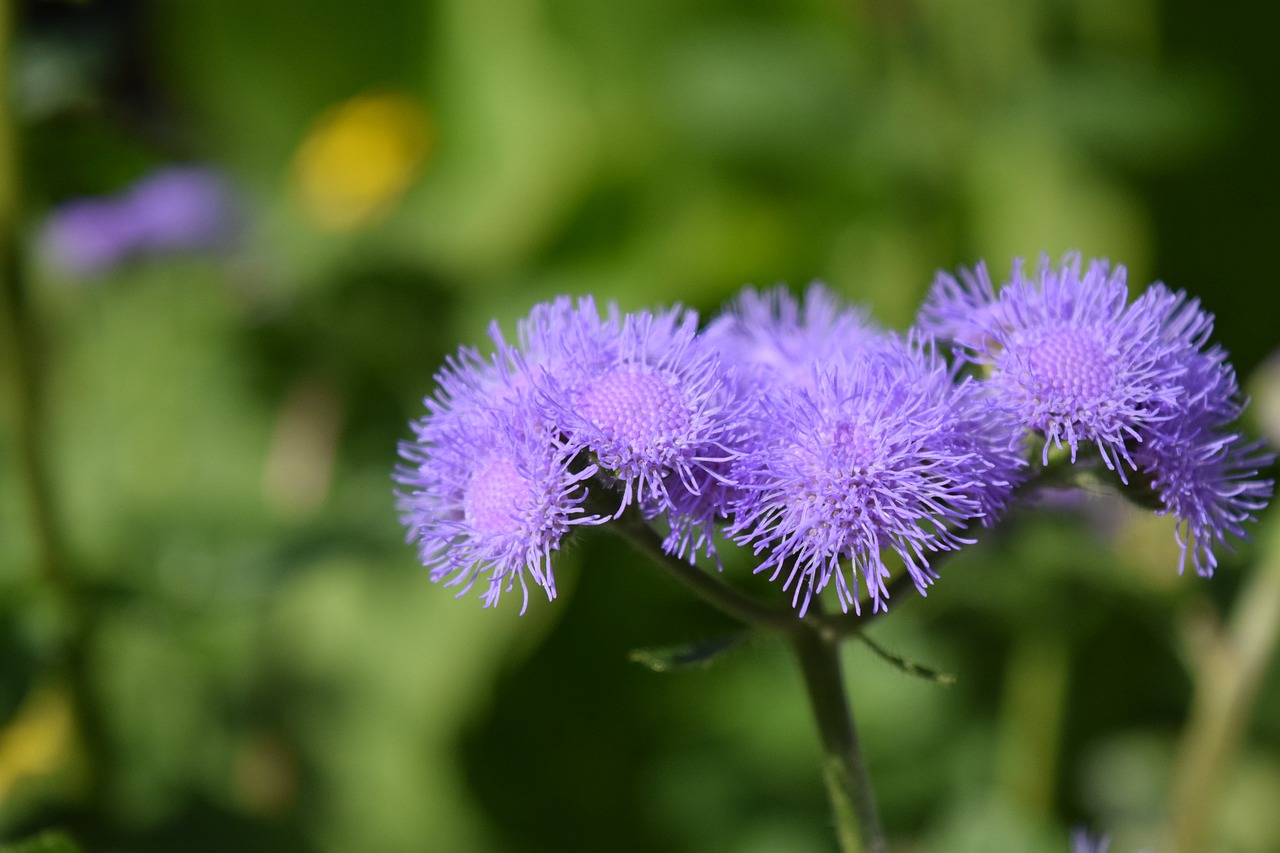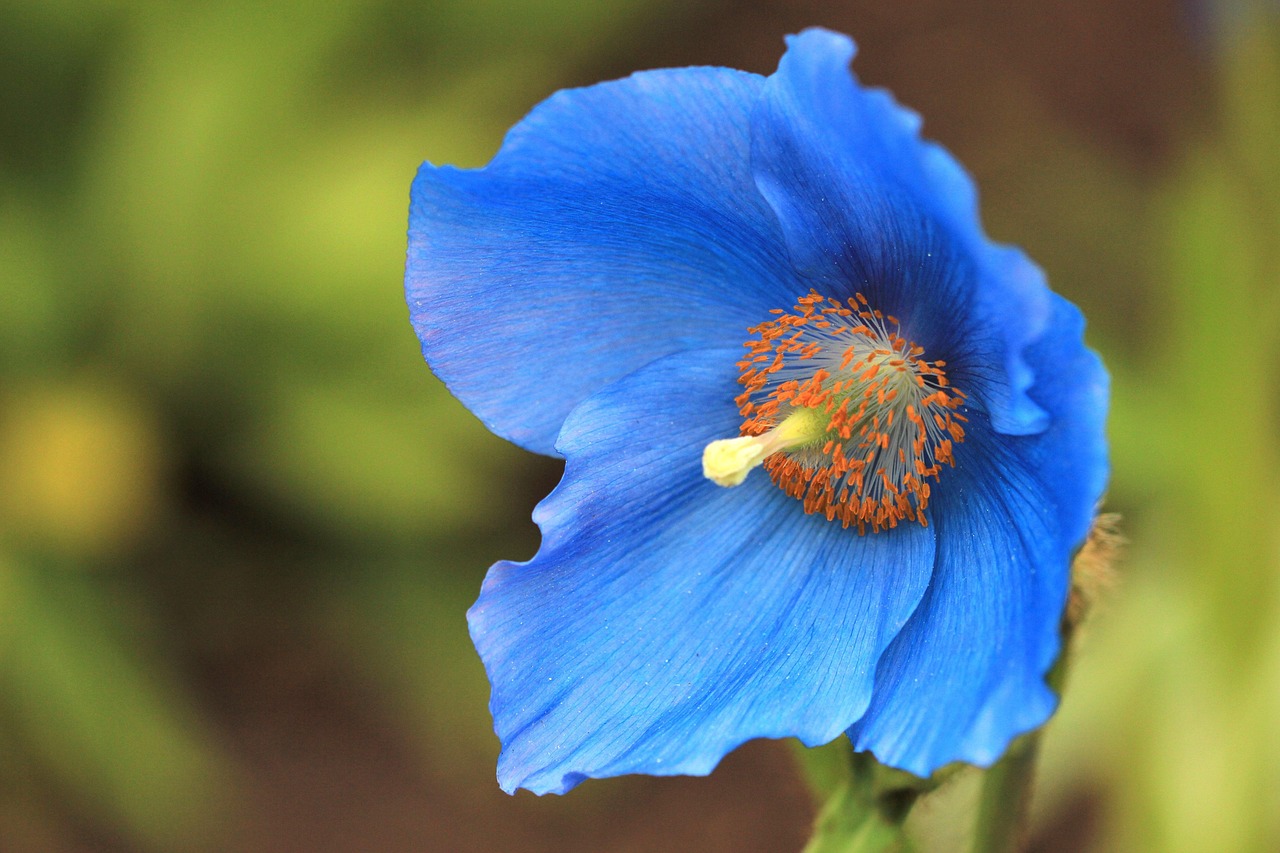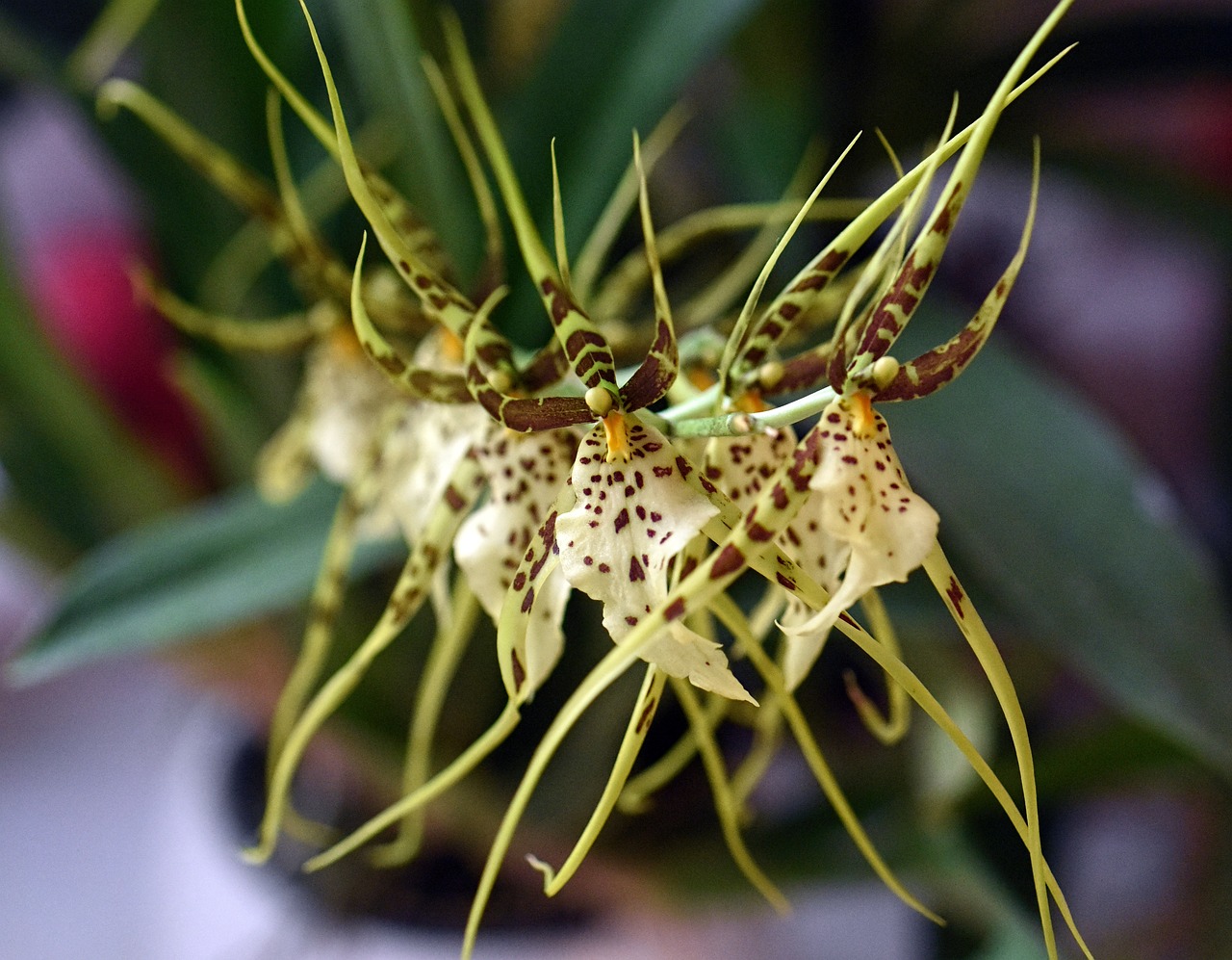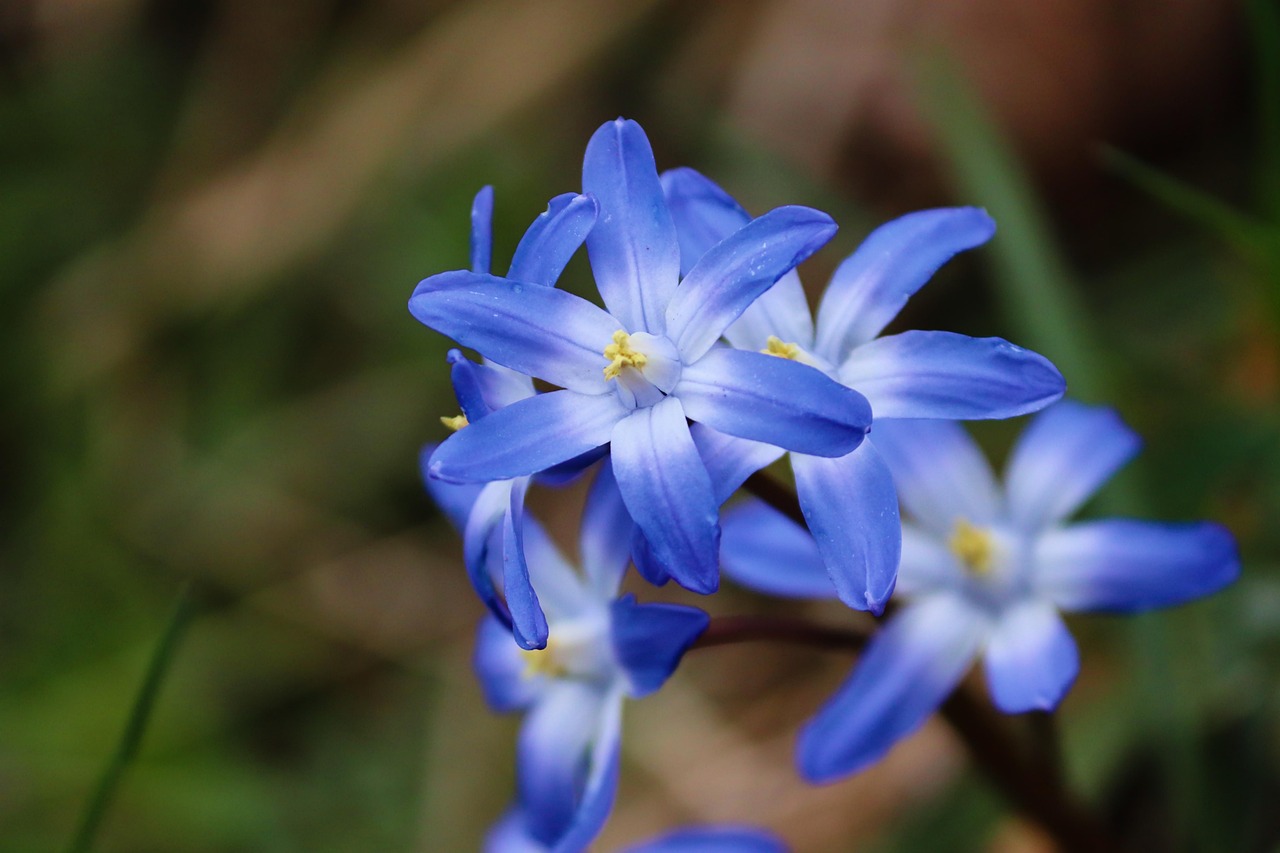Physostegia virginiana | A Refreshing Flower that Enhances Modern Japanese Gardens
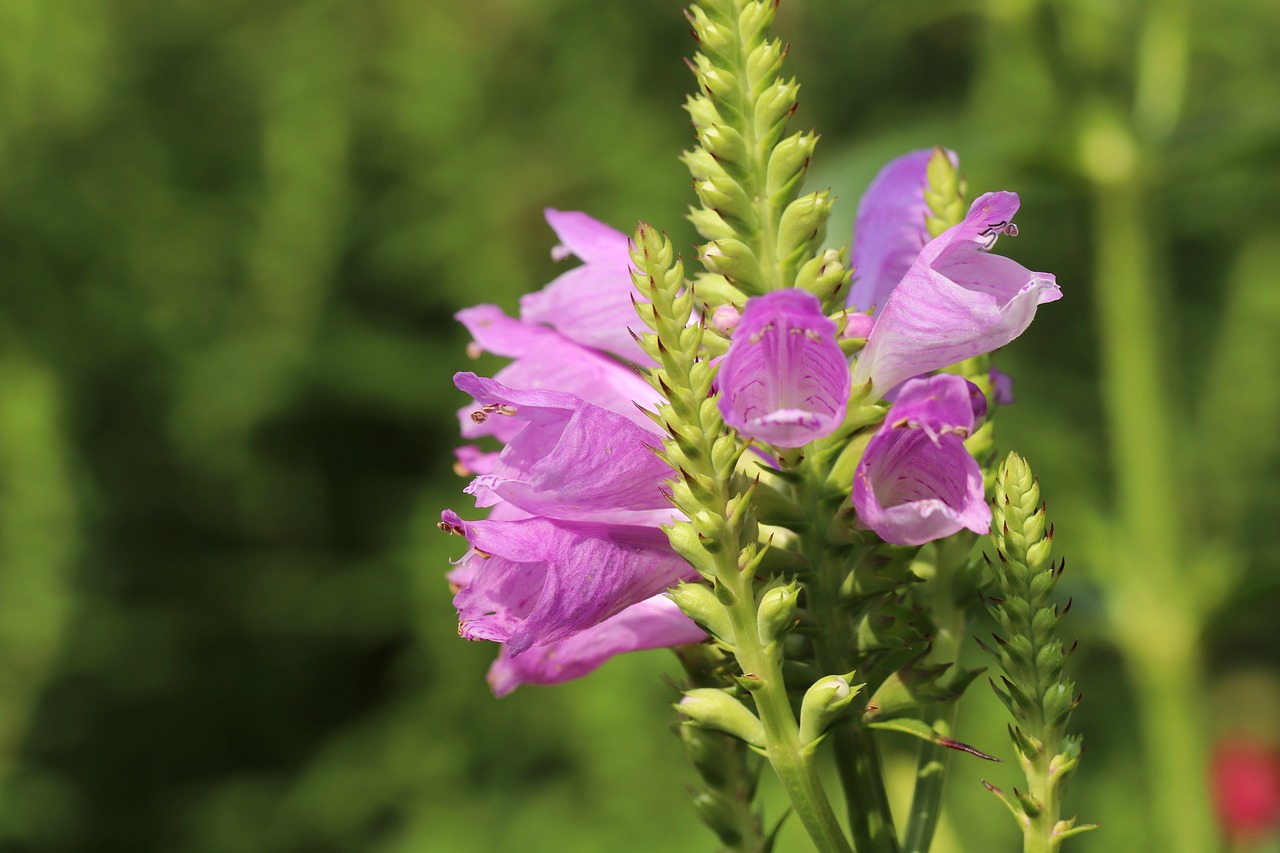
Physostegia virginiana, commonly known as the obedient plant, is a perennial characterized by its pink and purple spike-shaped flowers that bloom from summer to autumn. As its Japanese name “Hanatoranoo” suggests, the flower shape resembles a tiger’s tail.
With excellent heat and cold resistance, I value this plant as a widely loved species that enriches the colors of gardens and parks.
In this article, I will explain the basic information, cultural and historical background, and essential tips for growing Physostegia virginiana.
Basic Information
- Scientific name: Physostegia virginiana
- Family: Lamiaceae
- Origin: North America
- Appearance: It grows up to about 60–100 cm in height, producing upright stems topped with spikes of flowers. The flowers appear in pink, purple, and white varieties, forming dense clusters. The leaves are long, lance-shaped, and deep green.
- Blooming season: From July to October, brightening late summer and autumn landscapes.
Cultural Characteristics Worldwide
Physostegia virginiana is native to North America, particularly the central and eastern regions of the United States. Locally, it is known as the “obedient plant.” The name derives from the unique property of the flowers, which can be moved on the stem and remain in place without returning to their original position.
In Western countries, its upright form and spiked blossoms are often used as garden accents, especially in cottage gardens or landscapes designed to reflect natural scenery.
In Japan, however, it has become popular for garden planting and as a cut flower, often symbolizing the charm of autumn.
Historical Background
This plant was introduced from North America to Europe at the end of the 19th century, where it quickly gained popularity as a garden flower.
Due to its hardiness and strong reproductive ability, it began to be widely cultivated in cooler regions such as the United Kingdom and France.
It is believed to have been introduced to Japan in the Meiji era, gradually spreading as an ornamental garden plant. After World War II, its cultivation spread nationwide, and it became established as a staple plant for autumn flower beds.
Gardening Advice
Physostegia virginiana is a robust and easy-to-grow plant, but with proper care, it can be enjoyed for many years. Below are some key points:
Sunlight
Prefers full sun but also grows in partial shade. Insufficient sunlight may result in fewer blossoms.
Watering
Drought-tolerant, but during summer, water thoroughly when the soil surface dries out.
Soil
Thrives in well-drained soil. Mixing compost or leaf mold at planting improves root development.
Fertilizer
Apply slow-release fertilizer in spring and before flowering to enhance bloom. Avoid over-fertilization.
Pruning
Cut back spent flowers after blooming to encourage new blossoms. In winter, trim the stems to prepare for the following year’s growth.
Propagation
Easily propagated by division or cuttings. Divide crowded clumps every 3–4 years.
Conclusion
Physostegia virginiana is a perennial that adds vertical accents to gardens with its spiked flowers, providing long-lasting blooms from summer to autumn.
Native to North America and widely cultivated in Europe and Japan, it is a beloved garden plant. With proper care in sunny, well-drained conditions, it thrives with minimal effort. I recommend including it as a reliable choice to enrich your garden or flower beds.


